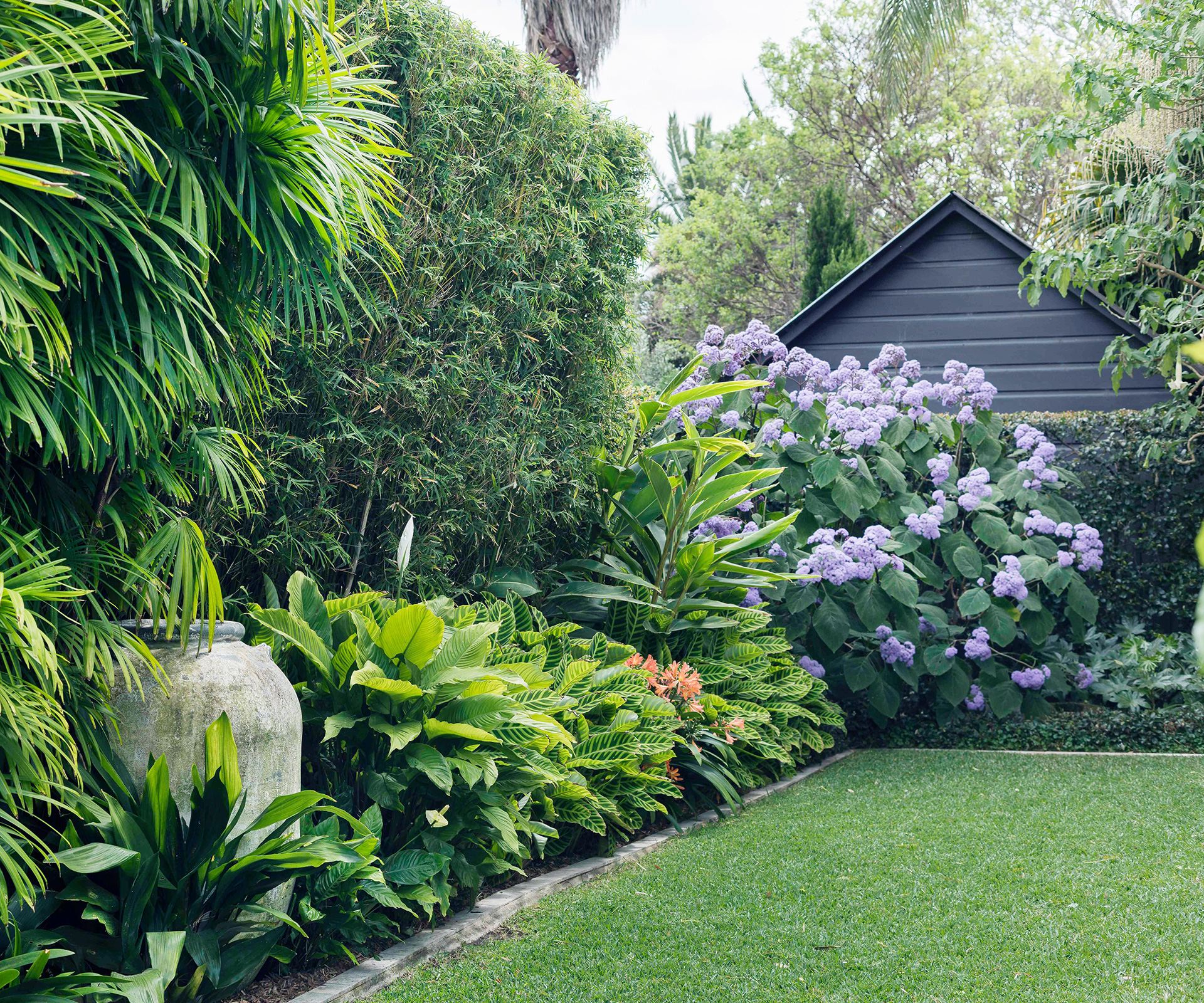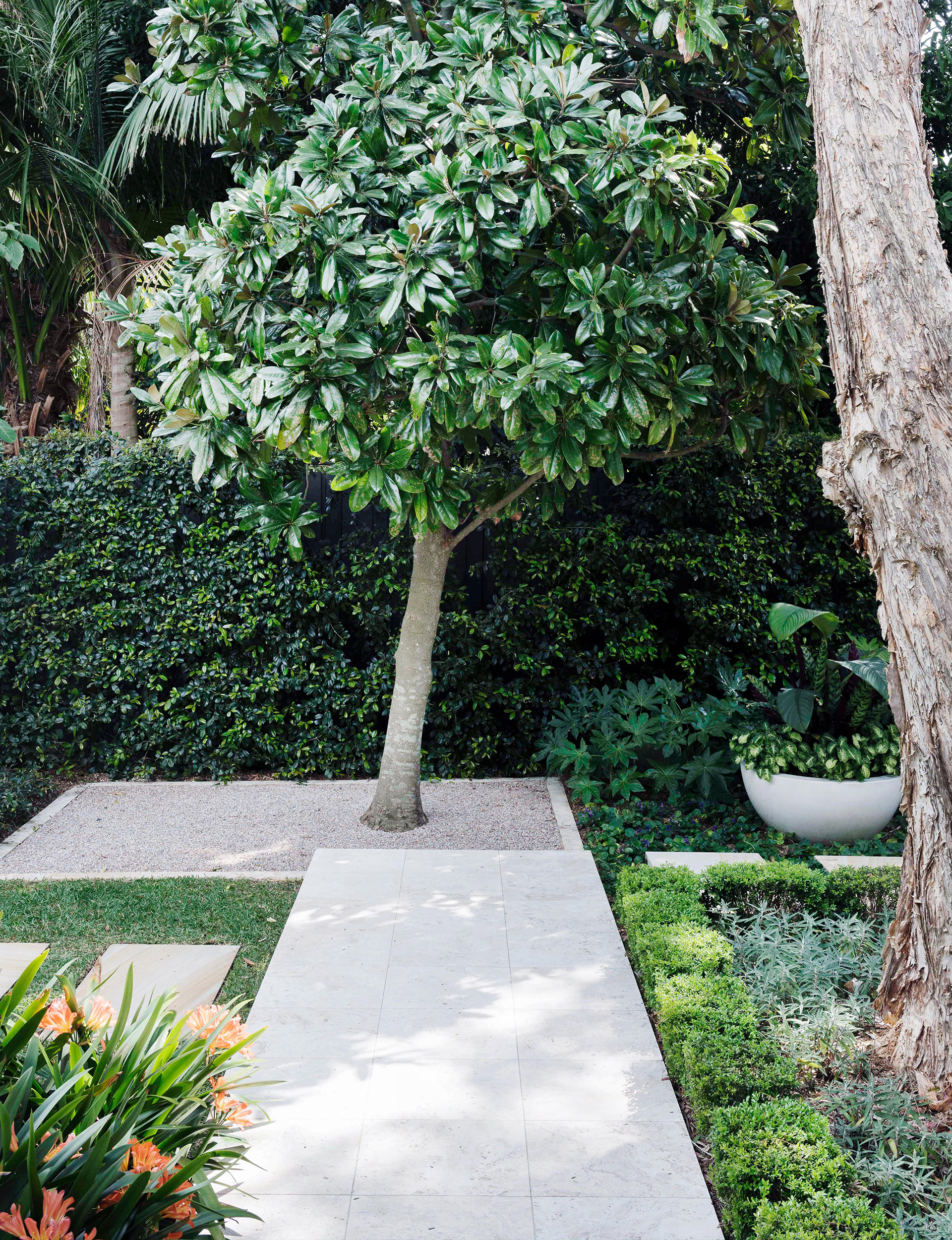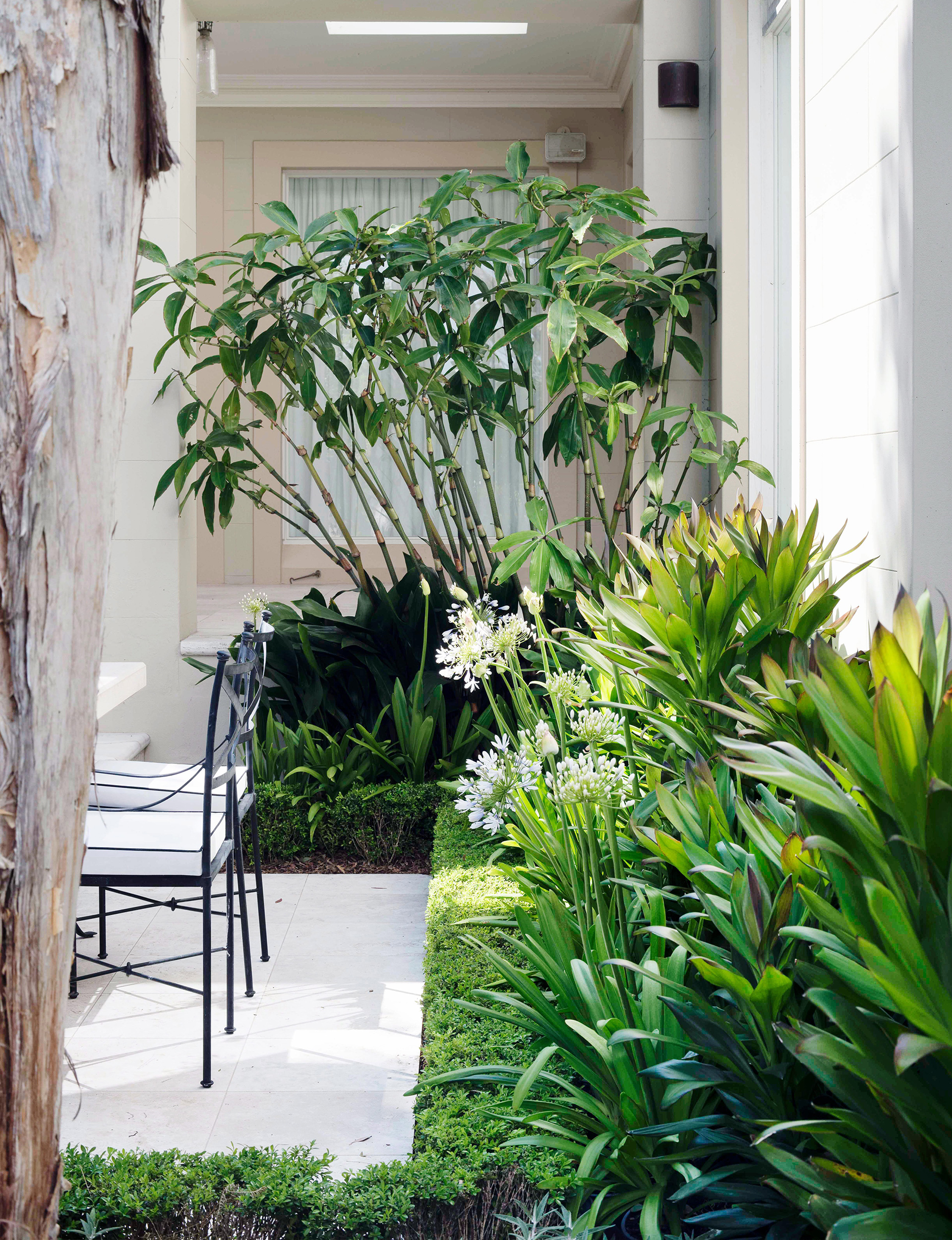Creating a new garden doesn’t have to mean starting from scratch. It’s better for the budget and the planet to work with what you have to give your garden a facelift
1. Survey your site
Begin by assessing the garden thoroughly. When making over an existing garden (or, indeed, starting with bare earth), knowing your site well is the best way to avoid costly mistakes such as digging into a drain or putting barrow loads of plants in the wrong spot.
If you can, get hold of a professionally drawn, scaled site plan of your property (often held by council); otherwise do a rough measure of boundaries, the house footprint, paths etc yourself. Draw these to scale (1:100 normally) then mark it up with areas that are windy, sunny, boggy or have good soil, along with the plants you want to keep, the location of services such as electricity cables and sewer pipes, and changes of level.

2. Planting plan
Take a good, long look at the existing plants in your garden before you make any changes. Waiting a few months, or ideally a year, lets you see how they perform at different times of year.
If given a good prune, that scruffy tree might actually flower beautifully, provide shade in summer or produce fruit. You may not especially like those daylilies, but they could cover that hot bank along the driveway. Think laterally. If there is only one mature tree on your site, is it worth keeping it and building the deck or terrace around it?
Keep any plants with potential in pots (large trees will often survive for months if their root ball is wrapped well in sacking and kept moist) until you decide where they could fit on your new plan. If they don’t, give them away.
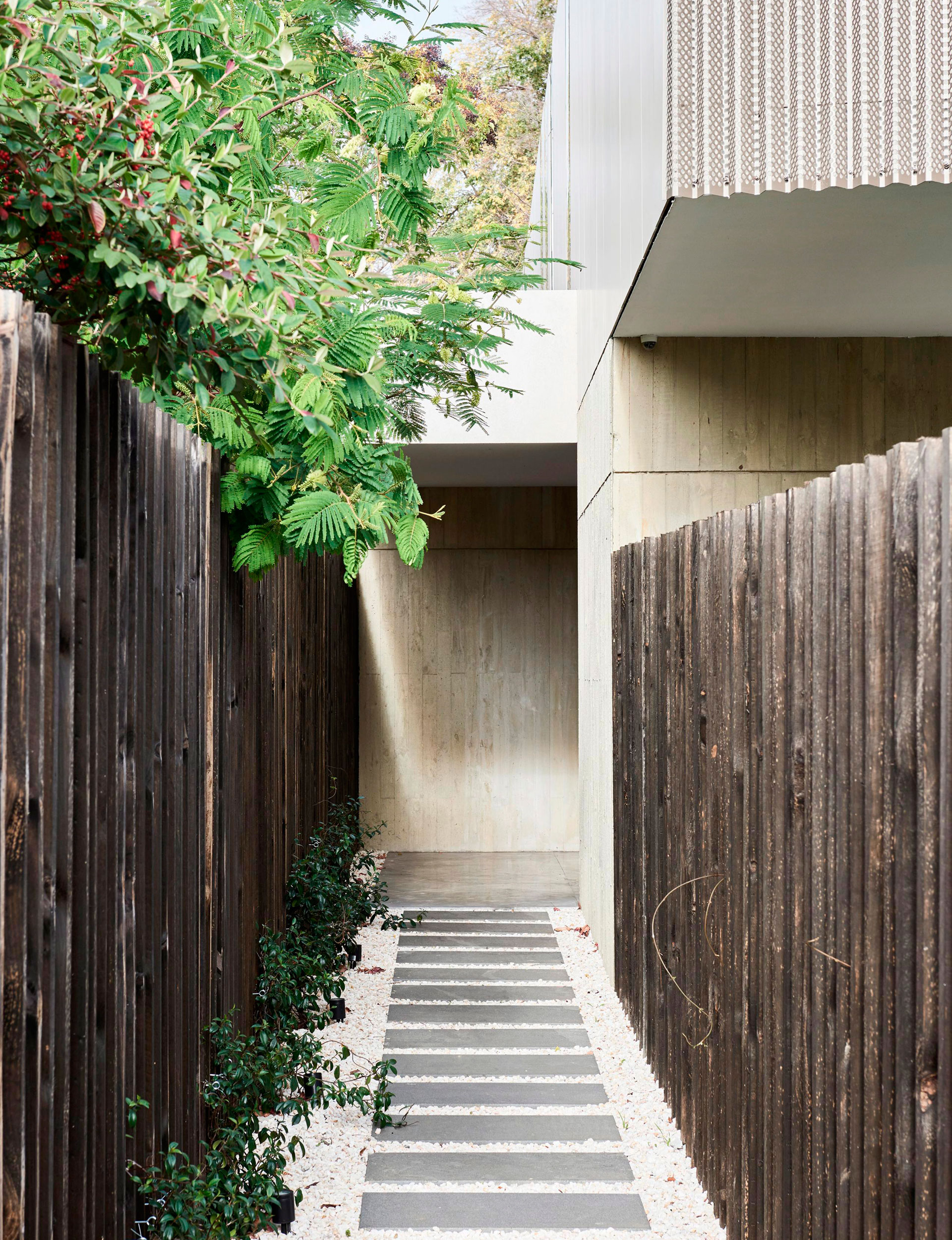
3. Floor plan
Paving can make a big hole in the budget. You can save yourself a lot of money by reusing what’s there – for instance, breaking up old concrete to make stepping stones or crazy paving set in gravel (the cheapest form of hard surface in the garden and easy to lay). Or find used pavers online on Trade Me or similar. Rather than removing unsightly concrete, cover it with pavers and/or gravel.
4. Green walls
Another option is to cover shabby timber fences with horizontal trellis, brushwood or bamboo panels. To improve privacy and add interest and texture to a plain fence, try fixing trellis panels to the tops of existing timber fences (as long as this doesn’t exceed the legal fence height for your area). To improve an unattractive concrete or brick wall, try training a climber on wires to grow over it.
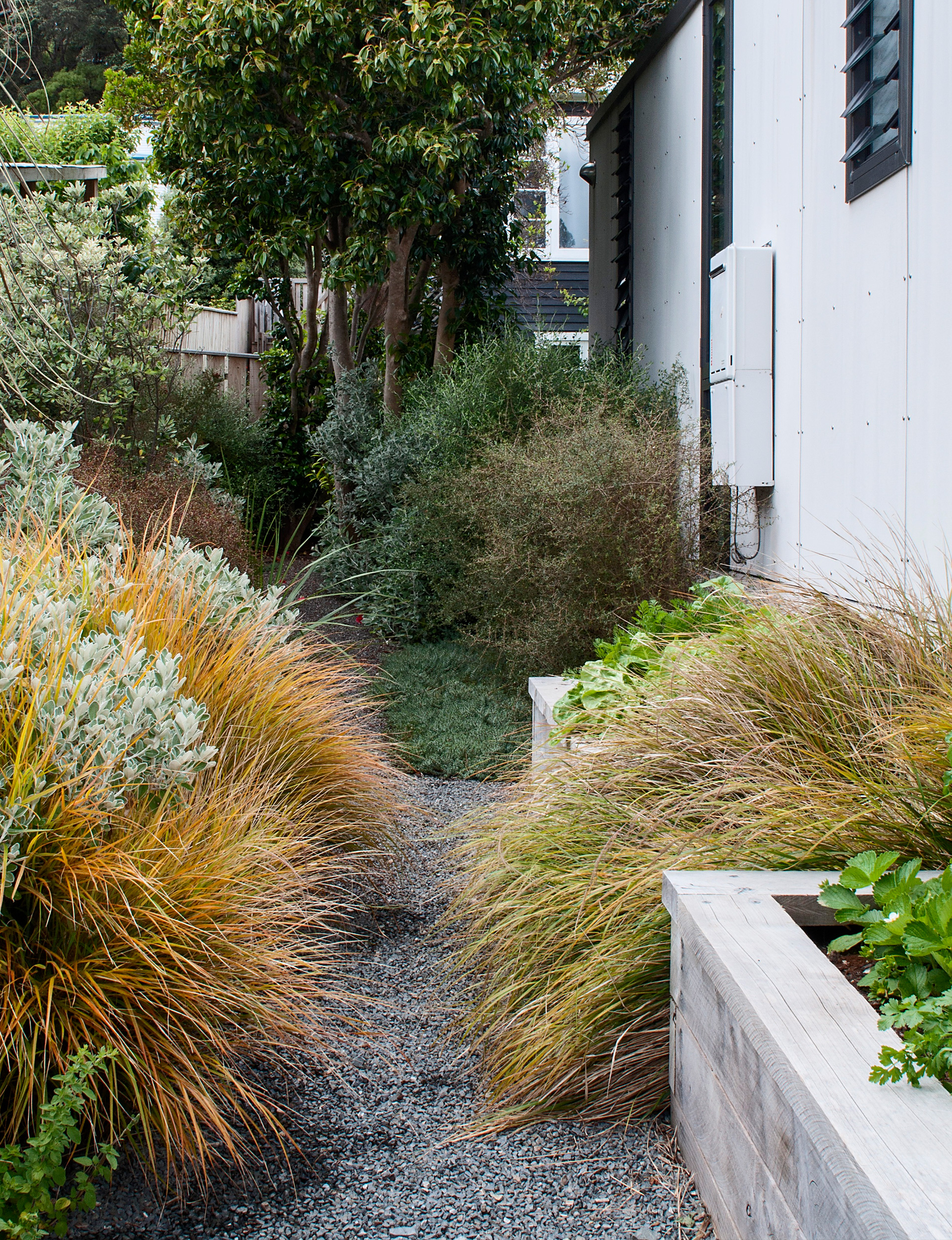
5. Be plant smart
Choosing plants suited to your garden’s conditions (soil, sun, wind etc) will save you money and give you a more attractive garden. Struggling plants are less resistant to pests and diseases, and thus need more feeding, watering and spraying to keep them healthy.
Once you know what will do well on your site, start gathering plants from friends and family who have gardens. Many low-maintenance plants can be propagated easily from divisions, cuttings or seed including flax, rengarenga lily, canna lily, dietes, hebe, pelargonium, echinacea, grasses, daylilies and hydrangeas.
If buying plants, don’t be tempted to grab ones you like at the nearest garden centre and then try to figure out where to put them. Better to make a list of what you need, then find out who is selling them at the best price.
Consider online sellers as well as out-of-town nurseries and garden centres. Even with the cost of couriers, their plants might still be cheaper.
6. What to change
Next, trace over the site survey to make a new base plan to incorporate the changes you want to make. A scaled plan will help you decide on your lawn shape, where new ornamental or vege beds should go, what the best places are for a deck or washing line.
Logic will often dictate the position: vege beds should obviously be where the soil is good and there’s plenty of sun, while outdoor living should be where there’s shelter, privacy and/or kitchen access. A plan will also allow you to calculate whether there is enough space for all such areas; something may have to be sacrificed.
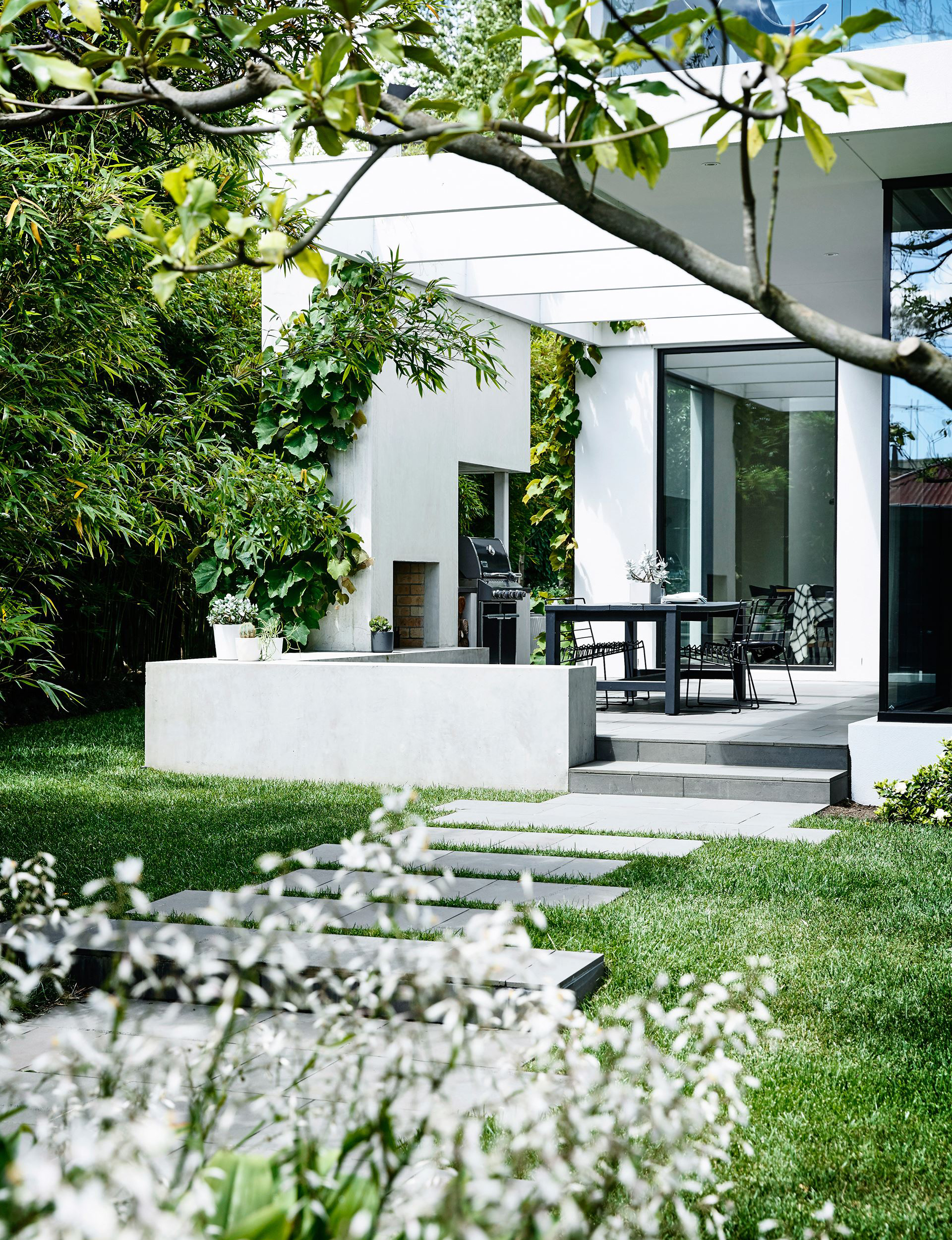
7. Shape up
One of the quickest and most inexpensive ways to transform your garden is to reshape the lawn. As one of the biggest elements in a garden, a lawn with an awkward shape will attract the eye, no matter how attractive its surroundings. Choose a simple, defined shape such as a rectangle, oval or circle, then mark it out with string, a spray can or the garden hose to get the shape just right. If you have a two-storey house, go upstairs and consider the shape from above. Fill in around the lawn with planting.

8. Stay grounded
Work with, rather than against, the conditions of your site. If you have boggy ground, build raised garden beds and boardwalks for access, and plant with water-loving plants such as oioi, flaxes and daylilies to create mini wetlands.
Poor soil? Don’t bring in new soil for the entire site – save it for areas that really need it like vege gardens. For other planted areas, choose plants that are not overly fussy about soil (eg daylilies, flaxes, dietes, many native shrubs, cabbage trees and manuka). In the longer term you can enrich the soil by regularly adding organic matter such as stable manure, chicken poo or sheep pellets.
9. Fences fixes
Fences or walls are very dominant features in a garden so if they’re ugly, you need to change them. Paint is an inexpensive way to spruce up concrete, timber, corrugated steel, wrought iron, even brick.
Disparate boundary and other structures can be unified by painting them all the same colour, ideally, one already used in the garden or on the house (the window trim, for instance). While you’re at it, paint or refresh the stain on garden furniture, too.
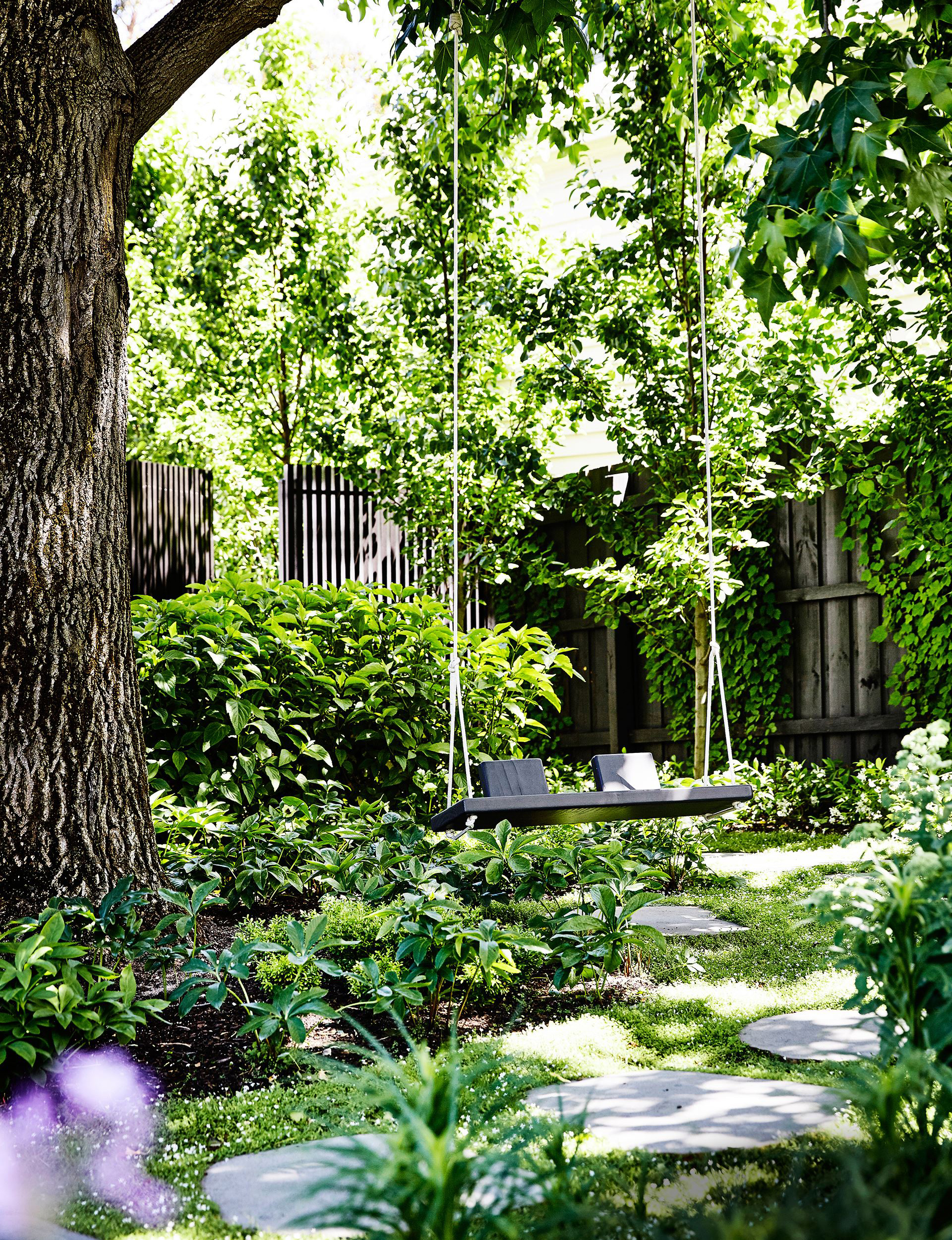
10. Steep cheats
Instead of building expensive retaining walls, use planting to disguise sloping ground. If you place taller species lower down the slope, the real extent of the gradient can be cunningly hidden. Also, use strategically positioned rocks, batters and other less costly retaining structures to manage steep areas wherever possible.
Moving earth around is also a costly business so only do it for those areas that must be level, such as terraces and carports. If soil has to be moved, think about where you could relocate it on your site rather than paying a lot of money to have it removed.
Words by: Carol Bucknell. Photography by: Bauer Syndication.
EXPERT PROJECTS

Create the home of your dreams with Shop Your Home and Garden
SHOP NOW


